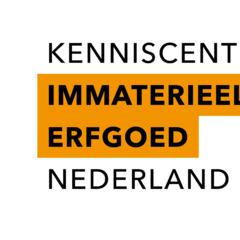Artistic embroidery and gold embroidery are almost always applied to unique garments or accessories. As there are no patterns available for artistic embroidery, it always starts with making a design. After the fabric is stretched in an embroidery frame, the design is transferred to the fabric with chalk, a stencil, stamp or tissue paper. After transferring the design, one can begin the artistic embroidery or gold embroidery. Characteristically, anything that fits through a needle can be used, both traditional and experimental materials.
For artistic embroidery beads and sequins are attached to the fabric. A special feature of this technique is that while the right side of the fabric is down, loops of working thread are passed through the fabric from the top with the loop needle (a thin sharp crochet hook). Beads or sequins are threaded on this working thread, one of which is attached to the fabric with each loop. One thus works on the back of the embroidery and works mainly by touch because one cannot see exactly what one is doing. In this way, one can fill large areas with beads or sequins relatively quickly.
One of the most striking features of gold embroidery is the creation of reliefs with cord, felt, leather or cardboard. These reliefs are then decorated with cannetilles (thin metal spirals that can be cut to size and sewn on like a bead), metal strips (which are sewn on zigzag) or thick gold thread (which is sewn on with a thin thread).
After embroidery, the work is removed from the embroidery frame and finished further. The embroidery can be either an appliqué that is sewn on to something, a decoration that can be used as jewellery or (on larger pieces of fabric) made into a garment.



